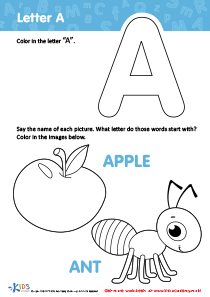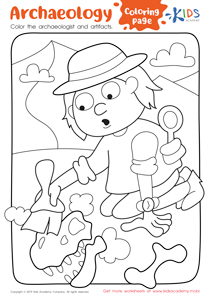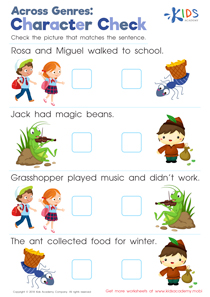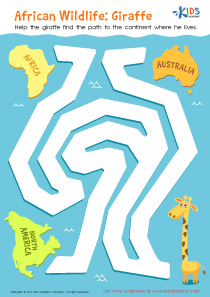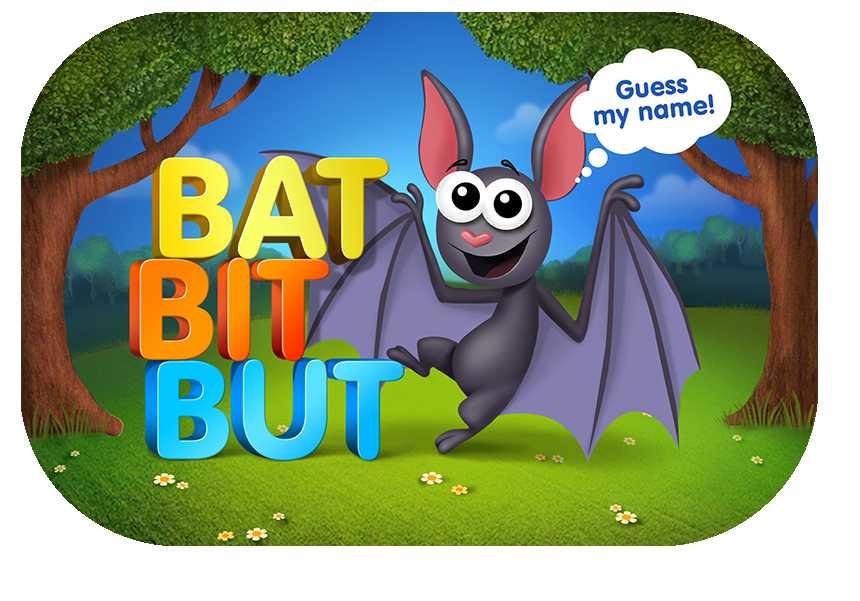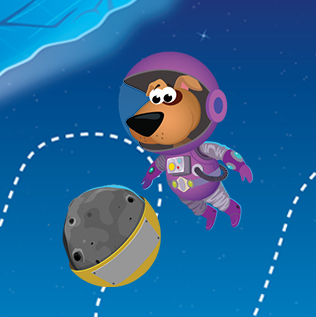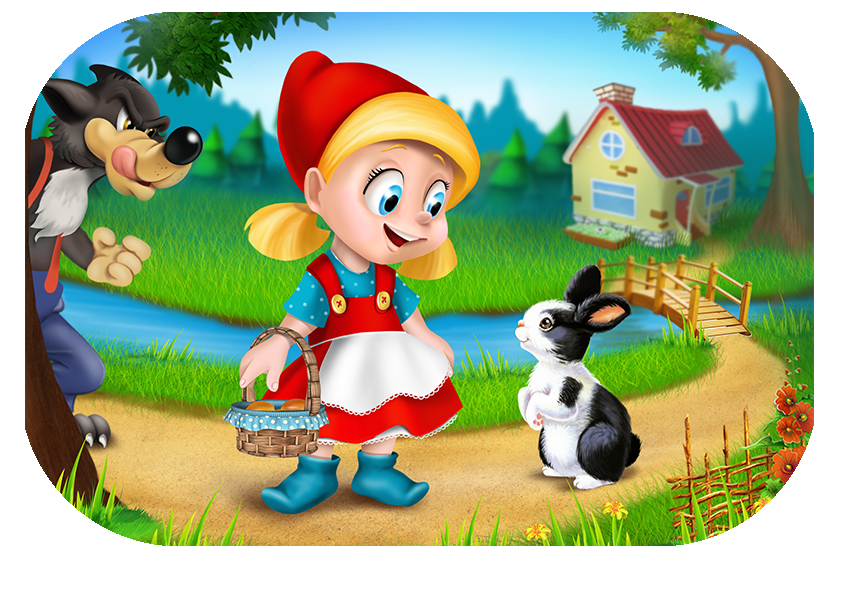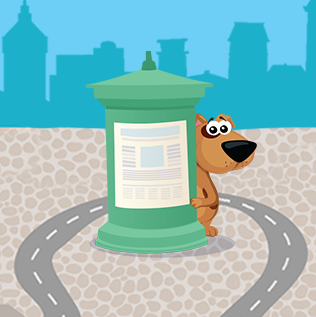English Language Arts Lessons | Letters Are Made of Lines and Curves for Ages 3-4
2 results
Introducing our captivating series: "Letters Are Made of Lines and Curves for Ages 3-4." Tailored specifically for young learners, this course combines fun, interactive worksheets with engaging educational videos, ensuring your child grasps the basics of letter formation in the most enjoyable way. Our expertly crafted lessons are designed to introduce children to the fascinating world of letters, focusing on their construction from simple lines and curves. Accompanied by assessment quizzes to track progress, this program is perfect for nurturing early literacy skills. Dive into a world of learning where each letter's journey begins with lines and curves!
In the fascinating journey of early childhood education, understanding the fundamentals of how letters are formed is crucial for developing literacy skills. Our specially designed program, "Letters Are Made of Lines and Curves for Ages 3-4," is tailored to introduce young learners to the exciting world of letters through interactive worksheets, educational videos, and assessment quizzes. This innovative approach not only captivates the interest of children but also lays a solid foundation for their reading and writing capabilities.
The magic behind our "Letters Are Made of Lines and Curves for Ages 3-4" program lies in its simplicity and effectiveness. At the tender ages of 3 to 4, children are at a critical stage of their cognitive development, where they learn best through engaging and hands-on activities. Recognizing this, our program emphasizes the basic geometric shapes that form all letters: lines and curves. By breaking down letters into these simple components, we make the complex process of learning to read and write more accessible and enjoyable for young learners.
Interactive worksheets form the cornerstone of our program. These worksheets are carefully designed to gradually introduce children to the concept that every letter is composed of lines and curves. Through tracing activities, matching games, and creative drawing exercises, children develop fine motor skills while simultaneously becoming familiar with the shapes and structures of letters. The tactile experience of tracing with pencils, crayons, or markers reinforces memory retention and prepares children for the eventual task of writing letters independently.
Complementing our engaging worksheets, educational videos bring the world of letters to life in a vivid and colorful way. These videos are short, captivating, and tailored to grab the attention of young minds. Through storytelling, songs, and interactive prompts, children are introduced to each letter, learning about its shape and sound in a memorable and enjoyable manner. This multimedia approach caters to various learning styles, ensuring that every child can benefit from our program, regardless of their preferred method of learning.
To gauge the progress of our young learners and reinforce their understanding of the material, assessment quizzes are incorporated into the program. These quizzes are designed to be fun and encouraging, offering positive reinforcement to boost the confidence of children as they demonstrate their newfound knowledge. By identifying letters through their lines and curves, children showcase their ability to recognize and differentiate between various letters, a critical skill in their literacy development.
